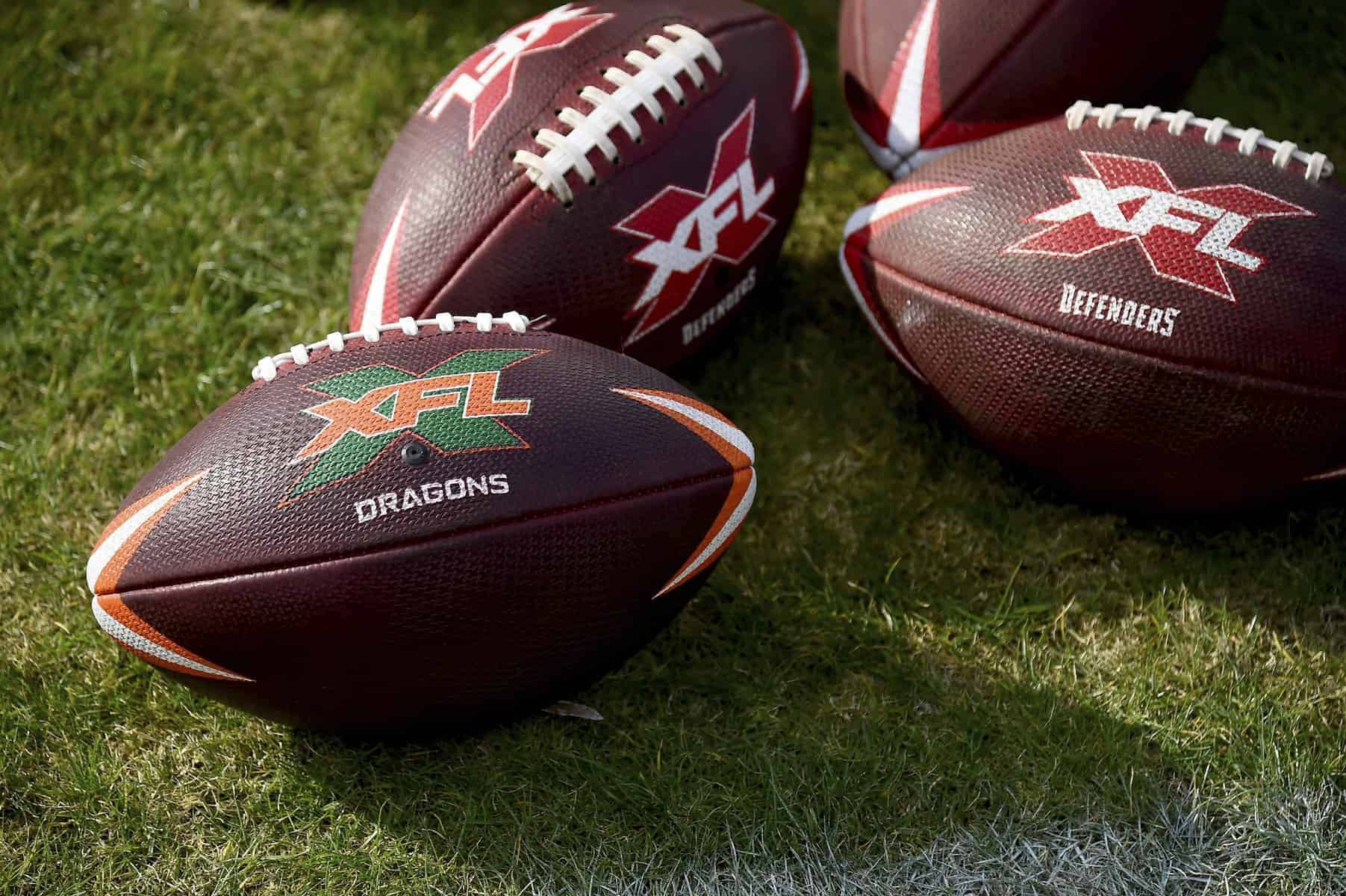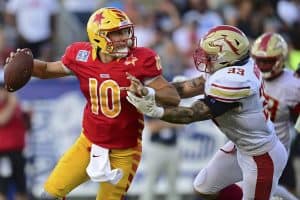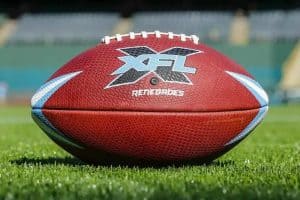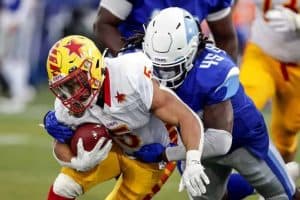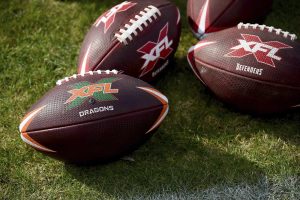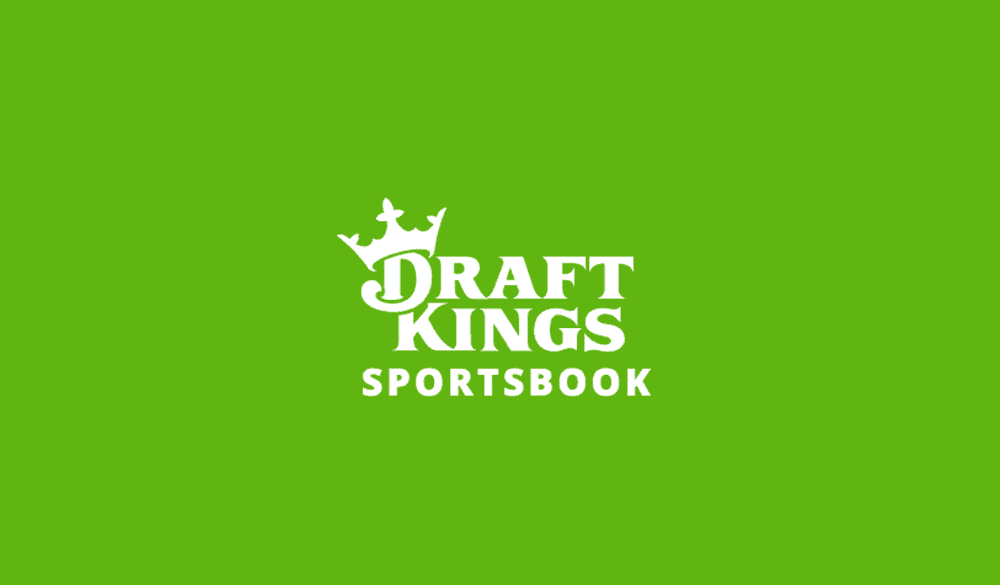Each installment of Isaiah’s Methods & Opinions (IMO) is brought to you by No House Advantage, a cutting-edge daily fantasy site that allows users to risk little and win big in over 30 states. Bet VS. THE HOUSE to win up to 21x your money or play in PICK’EM CONTESTS against other users! New players can secure up to a $100 deposit match by registering with No House Advantage today! This week’s column will focus on some advanced passing stats for football bettors — and an application of those to the XFL.
Although the NBA is roaring toward the playoffs and March Madness is fast approaching, I want to take a week off from basketball to circle back to football. The XFL has put together an interesting product, especially for bettors, and I’ve got the XFL passing stats you need to know. I’ll be here every week for two installments of Isaiah’s Methods & Opinions (IMO)! You can trust me to break down the betting trends and sports news that will give you an edge on the sportsbooks.
No bettor can hit every bet, but the key to profitable sports gambling is to develop a successful process — or method — for identifying sharp wagers. It’s the application of sharp opinions to that method that separates the wheat from the chaff in the sports gambling world. If your priors are wrong, you’ll end up sweating more bets than you must.
This column will help bettors develop sharp methods and come to well-informed opinions.
Isaiah’s Methods: Advanced Passing Stats | Sponsored by No House Advantage
I broke down one significant advanced metric for football, expected points added, back in January. While we don’t have stats that advanced for the XFL, we do have more than just raw yardage and touchdown stats to work with. This week, I’ll run through some of the numbers that I like to crunch when evaluating quarterbacks — and I’ll share my notes through two weeks of XFL action.
First up, net yards per attempt and adjusted net yards per attempt are two great ways to evaluate a professional passing offense. Both work similarly to yards per attempt but add in other factors, like sack yardage. I specified professional because the NCAA counts quarterback sacks and sack yardage as rushing attempts and rushing yardage, thus making it impossible to directly apply either formula.
Net yards per attempt, or NY/A, is essentially yards per attempt minus sacks. The formula is simple:
(Passing Yards – Sack Yards) / (Passing Attempts + Sacks Taken)
Yet despite its simplicity, NY/A is one of the most powerful metrics bettors can use to evaluate a passing offense. While framing it as just a quarterback stat is too simplistic — N/YA necessarily factors in yards earned after the catch and pass blocking — the breadth of the metric is what makes it useful. Quarterbacks who face constant pressure are likely to lose yardage or rack up incompletions. Those with faster receivers are likely to fare better than those without. Unsurprisingly, Tua Tagovailoa led the NFL in NY/A (8.04) last year. Patrick Mahomes (7.51) ranked second.
Adjusted net yards per attempt, or ANY/A, is where things get a bit more complicated. This metric rests on the assumption that not all passing attempts are created equally. Those that can produce touchdowns are worth more, while those that can produce interceptions are worth less. The formula reflects this reality:
((Passing Yards – Sack Yards) + (20 * Passing Touchdowns) – (45 * Interceptions)) / (Passing Attempts + Sacks Taken)
This metric filters out quarterbacks who gain a ton of passing yardage but can’t ever find the end zone — whether that’s because they turn it over or fail to convert. Tagovailoa (8.37) again led Mahomes (7.93) in the metric, albeit by a smaller margin than in NY/A. Turnover-prone Derek Carr ranked 13th in NY/A (6.3) but 19th in ANY/A (6.01).
Lastly, passing efficiency is a great way to gauge the quality of a college quarterback. While the NFL uses a different formula (and calls it passer rating), the NCAA’s formula is better suited for the kind of football played in the XFL and can help you find the right quarterbacks to bet on at places like No House Advantage. Passing efficiency measures many of the same things as NY/A and ANY/A, but it places a greater emphasis on completions and touchdowns and doesn’t adjust for sacks.
((8.4 * Passing Yards) + (330 * Passing Touchdowns) + (100 * Completions) – (200 * Interceptions)) / (Passing Attempts)
Passing efficiency is a sound way to evaluate individual quarterbacks, especially as compared to the passing offenses they play in. A quarterback who succeeds despite his offensive line forcing him to take a number of sacks won’t be penalized in the metric. Likewise, a quarterback who completes most of his passes but whose receivers can’t generate yardage after the catch will still fare well. C.J. Stroud (177.7) and Hendon Hooker (175.5) led the NCAA in the metric last year. Tagovailoa (199.4), Mac Jones (197.6) and Kyler Murray (181.3) are three of the five career leaders in the metric. The other two, Grayson McCall (186.8) and Stroud (182.4) are yet to have a shot at the NFL.
Isaiah’s Opinions: A.J. McCarron is the Man to Beat in the XFL
Of the XFL’s eight starting quarterbacks, few went in the NFL Draft. Even fewer took pay cuts just so they could see the field. However, 32-year-old St. Louis BattleHawks quarterback A.J. McCarron checks both of those boxes. Although the team around him may struggle, McCarron is the XFL’s most lethal passer.
McCarron led the BattleHawks to a fourth-quarter comeback in Week 1. He took a number of sacks but had no issue with finding the end zone twice to score the win. Unsurprisingly, he paced the XFL in both ANY/A (6.68) and passing efficiency (156).
Minor upgrade to the #XFL QB stats sheet this morning.
(1) got a tip from @vr92074 on getting sack data, which
(2) lets me add NY/A, ANY/A, & SCK%, and…
(3) …also pointed out a formula error for AY/A. ?If you don't know why NY/A matters so much, give this a read… https://t.co/vHYhIrYNoj pic.twitter.com/02QQnGNKtV
— Isaiah Sirois (@is_sirois) February 22, 2023
Week 2 also went well for McCarron. He led the BattleHawks in another comeback, this time over the Seattle Sea Dragons — although he wouldn’t have needed to do so if St. Louis’ kicker had knocked in his earlier field goals. McCarron now ranks second in the XFL in ANY/A (5.61) and passing efficiency (131.2) despite taking an XFL-high eight sacks. He also leads the XFL in yards per carry by a quarterback among those with at least three attempts (5.9).
My #XFL data spreadsheets are updated (and upgraded!) after Week 2.
First up, QBs:
Jack Coan (SA) takes the lead in ANY/A & PaEFF.
A.J. McCarron (STL) leads in YPC (>3 RuATT).
Deondre Francois (ORL) had a disastrous debut.
Similarly, Drew Plitt (ARL) imploded. pic.twitter.com/FBaIQr2yfm
— Isaiah Sirois (@is_sirois) February 27, 2023
McCarron’s strong start should come as no surprise to those who have followed his career. His 2012 season at Alabama still ranks 49th all-time in passing efficiency (175.3). His four-season career performance ranks 34th all-time in the metric (162.5), ahead of guys like Georgia’s Stetson Bennett (160.7) and Toledo’s Bruce Gradkowski (157.4) — now St. Louis’ offensive coordinator.
Unfortunately, McCarron did not get many quality opportunities in the NFL. Most of his playing time came in his second year as Cincinnati’s backup quarterback, behind Andy Dalton. He ended the regular season with 6.04 NY/A, 6.27 ANY/A and a 2-1 quarterback record — good enough to help Cincinnati get into the playoffs. However, he lost his lone playoff start to the Pittsburgh Steelers after nearly leading a fourth-quarter comeback.
While the rest of the St. Louis BattleHawks will need to step up to help McCarron. His eight sacks taken for a loss of 41 yards point to issues with the offensive line. Worse, St. Louis’ defense has allowed the most yards per play (4.9) through two games. Their passing defense, which has allowed the second-most yards per play (5.8), has forced McCarron to put the team on his back late in games. Still, McCarron has proven through two weeks that he and the BattleHawks have the mental toughness to overcome late-game deficits. St. Louis’ passing offense is one to back at places like No House Advantage.
